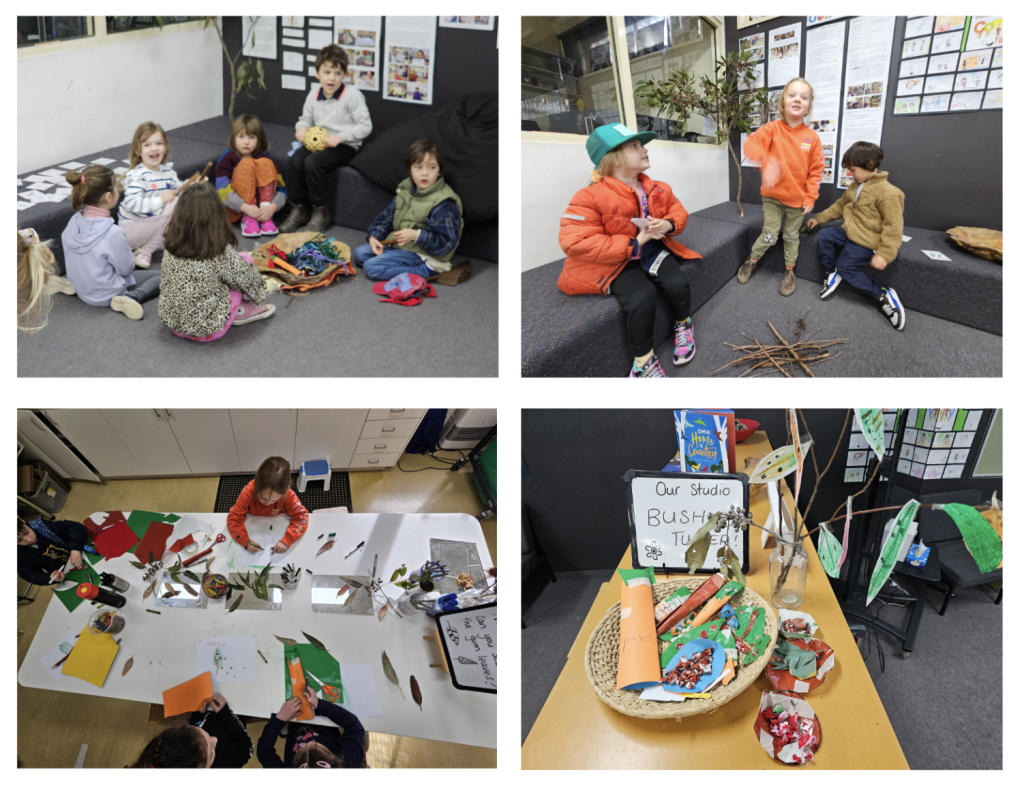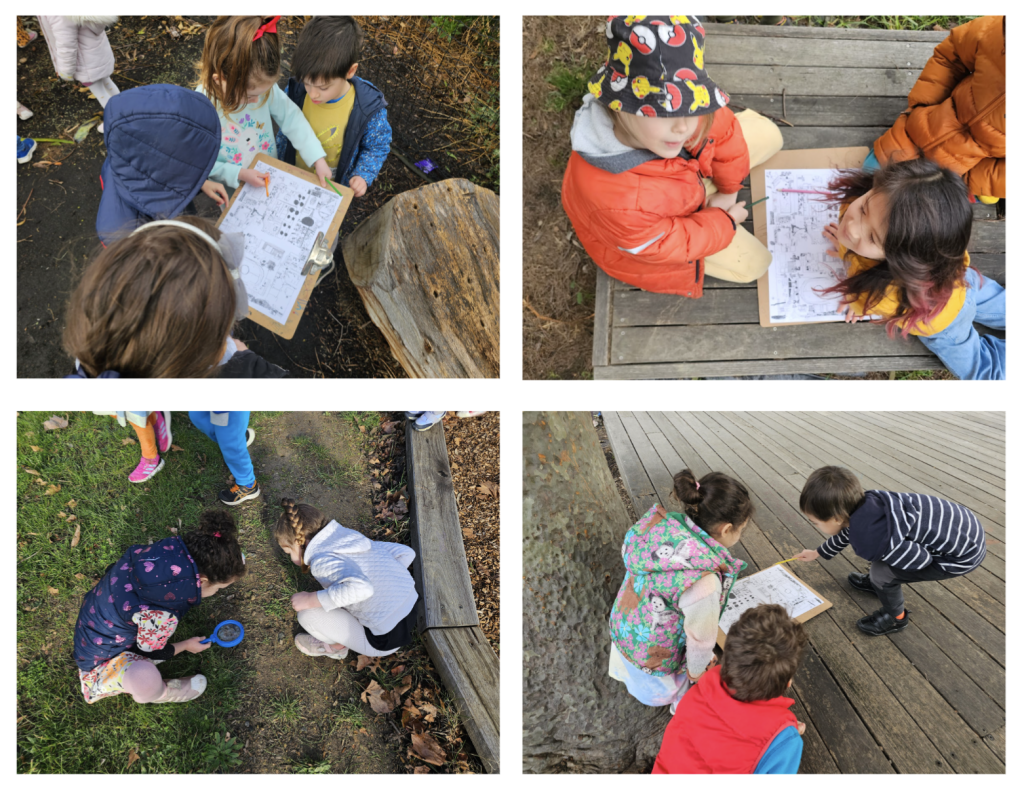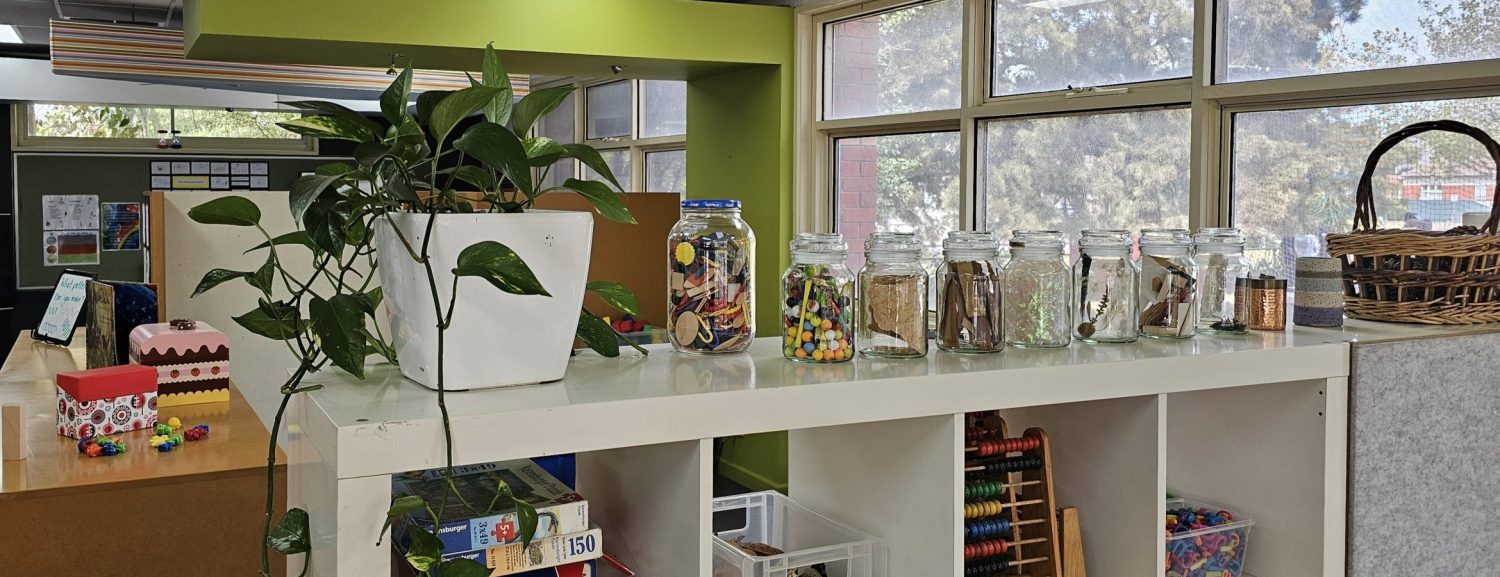We have enjoyed a wonderful start to the term in the prep neighbourhood!
We kicked things off by celebrating NAIDOC week and the children enjoyed a variety of provocations that celebrated the incredible culture and traditions of our first nations peoples. The studio was buzzing with bush tucker creations – we had children showing each other how to make little baskets that were able to store bush berries and carrots, amazing saltbush, and yams. We collected interesting looking leaves outside and did some leaf rubbing and added patterns to them. The children decided it would be nice to stick them to a branch and create a neighbourhood tree, which they proudly displayed.
This excitement and celebration extended into the performing space where we included some yarning symbols, and natural resources for their imaginative play. The students sat around the fire and told stories, hunted, made bush tucker to “feed the mob”, they shared dances with each other and even sang the indigenous lullaby we had been singing, ‘Inanay Capuana’.

We revisited a dreaming story about Mirram and Warreen – How the Kangaroo got its tail and the Wombat got a flat head. The children did a wonderful job presenting this story to the community and we will continue to explore this way of storytelling in the future.
Looking at mathematics, we revisited data collection using tallies to organise our responses and keep our work neat and tidy. Each person came up with their own ‘yes or no’ style question to survey the neighbourhood and find out some of the things their classmates did over their break from school. Next steps will involve finding creative ways to represent this data visually.
Tied in with our ‘Conceptual Playworlds’ we have again become scientists. Using a map of the school, we marked off habitats for some of the different creatures that live around PHPS. We revisited terms such as ‘diet’, ‘habitat’, and ‘adaptations’. Our goal when hunting for these creatures was to ‘look but don’t touch’. This week we returned to the schoolyard with a focus on worms. To prepare ourselves, we read an information text about earthworms and explored the structure of this text type (contents, diagrams and labels, glossary, index, etc). We learned that earthworms have five pairs of hearts and that some worms can mate and lay an egg sack every week. There’s still more to learn about the living things around us and we’ll continue to discover and uncover new facts and features in the coming weeks.

